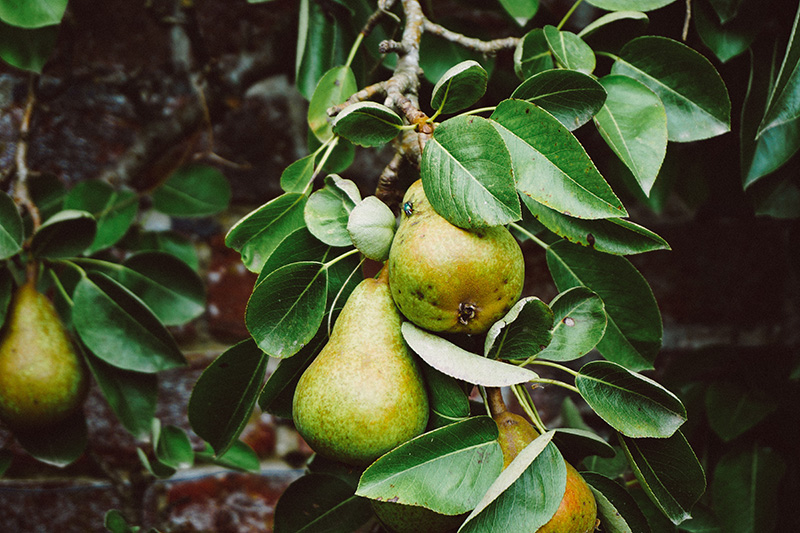Learn & Discover
Perry pear varieties
Pears in general are a slow growing tree and large grand old trees of heritage varieties, which are treasured by small scale perry makers who often don’t own their own orchards. Trees may belong to people who don’t make perry, but is happy to come to an arrangement with a maker.
Some perry’s are made with dessert pears such as Conference and Comice. Pears breed and grown specifically for their individual acidity, tannic and aromatic properties.
Like cider apples, perry pears sport equally chucklesome name from Hendre Huffcap, Butt and Stinking Bishop. In the perry making process, pears behave differently to apples. The pulp is often more watery and requires resting once crushed before pressing.


Wild pears have been cultivated for making perry since ancient times, with many references to the drink dating back to the third and fourth centuries. Traditionally in England, the culture of the perry pear has (until recently) been restricted to a small area which is, according to folklore, orchards within sight of Mayhill near the Gloucestershire and Herefordshire border. Perry pears are remarkable, not only for the long life of the individual trees (some can be over 300 years old), but for the length of time that varieties have been used in production. Sadly, some of these old varieties are now at serious risk. For example, thought extinct until recently only one tree of Coppy remains. Tom Oliver, who produces perry from the tree, reports that grafts have been taken for propagation and ensure that this variety does not disappear. Flakey Bark is another rare variety, with less than ten trees remaining in a field under May Hill.

Perry pear varieties
Pears in general are a slow growing tree and large grand old trees of heritage varieties are treasured by small scale perry makers who often don’t own their own orchards. Trees may belong to someone who doesn’t make perry but is happy to come to an arrangement with a maker.
Some perry’s are made with dessert pears such as Conference and Comice. Pears bred and grown specifically for their individual acidity, tannic and aromatic properties.
Like cider apples perry pears sport equally chucklesome name from Hendre Humpcap, Butt and Stinking Bishop. In the perry making process pears behave differently to apples. The pulp is often more watery and requires resting once crushed before pressing.

